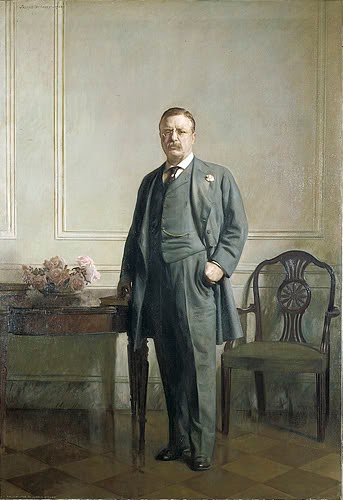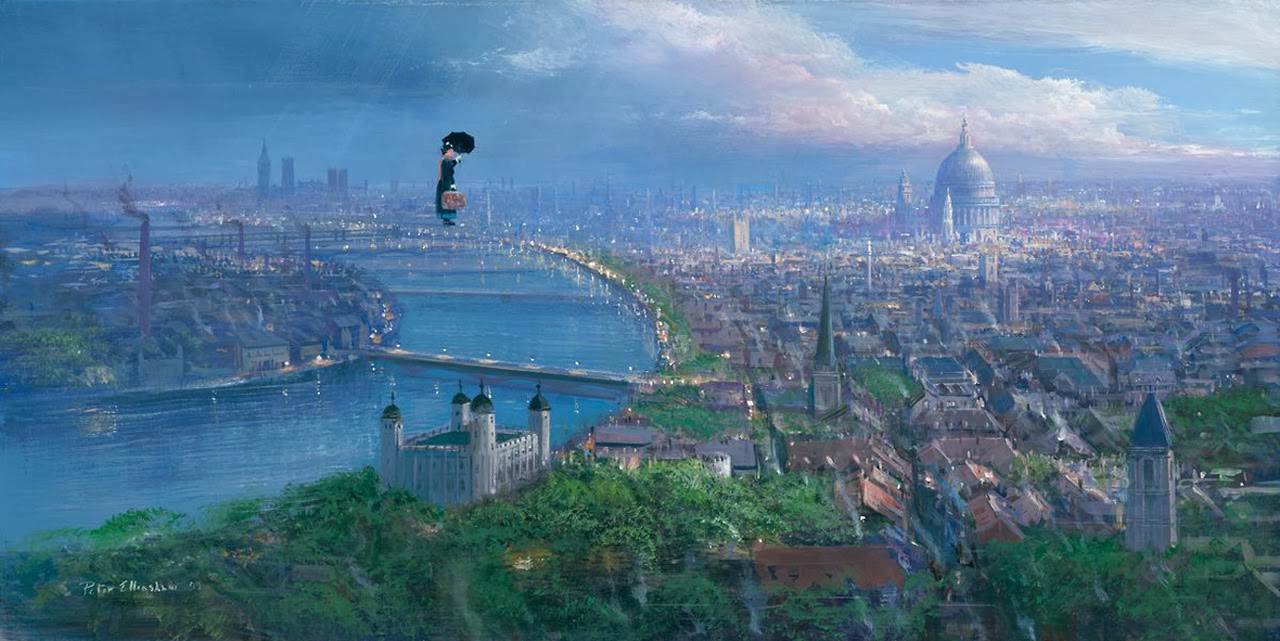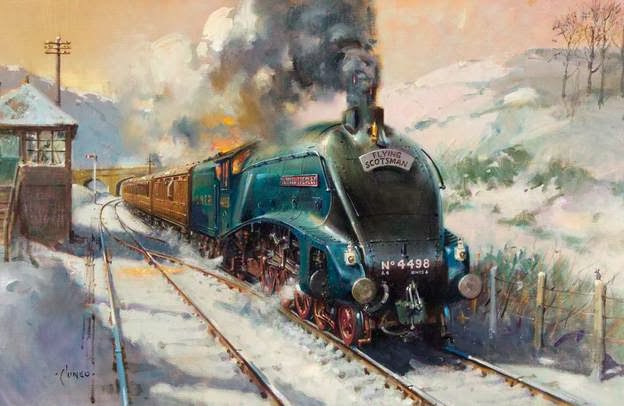Even though France was humiliated in the 1870-71 Franco-Prussian War, paintings featuring military subjects were popular in France during the early decades of the Third Republic. Perhaps the most prolific artist of that genre was Jean-Baptiste Édouard Detaille (1848-1912), who had a reputation for thorough research on details of uniforms, weapons and battles of both the Napoleonic era and 1870 and its aftermath. His Wikipedia entry is here.
Perhaps because he churned out so many drawings and paintings, a few being huge dioramas, I find them not usually satisfying as works of art. I mostly prefer the work of his contemporary, Alphonse de Neuville, who I wrote about here.
Gallery
Photo of Detaille at work
Here he is, dabbing away on a huge canvas. Many human figures, horses and other items to depict, and he probably didn't have the time to paint them with thought and care. Yet this sort of painting was what he was known for, so he kept making them.
Le rêve - 1888
This immense painting was on display at the Musée d'Orsay when I visited last September. It shows bivouacing contemporary (or 1870) French soldiers dreaming of the gloire of their Napoleonic forebears. Despite its size, it doesn't seem to have been as rushed as some of his other works, which is perhaps why the Orsay displayed it.
Charge de Mosbronn - 1870 war
The Charge at Friedland - 1894
La salu aux blessés - 1877
Saluting the wounded.
Mounted First Empire Dragoons
Hussar
I don't know if this was an elaborate sketch or a finished work. Regardless, as best I can tell from this digital image, it's nicely done. Apparently when he wasn't painting vast action scenes, Detaille was able to focus and show us what he was capable of.
Un officier des cuirassiers, fin 19eme
Another portrait of sorts, but a crowd of soldiers and horses manage to intrude as background.
Perhaps because he churned out so many drawings and paintings, a few being huge dioramas, I find them not usually satisfying as works of art. I mostly prefer the work of his contemporary, Alphonse de Neuville, who I wrote about here.
Photo of Detaille at work
Here he is, dabbing away on a huge canvas. Many human figures, horses and other items to depict, and he probably didn't have the time to paint them with thought and care. Yet this sort of painting was what he was known for, so he kept making them.
Le rêve - 1888
This immense painting was on display at the Musée d'Orsay when I visited last September. It shows bivouacing contemporary (or 1870) French soldiers dreaming of the gloire of their Napoleonic forebears. Despite its size, it doesn't seem to have been as rushed as some of his other works, which is perhaps why the Orsay displayed it.
Charge de Mosbronn - 1870 war
The Charge at Friedland - 1894
La salu aux blessés - 1877
Saluting the wounded.
Mounted First Empire Dragoons
Hussar
I don't know if this was an elaborate sketch or a finished work. Regardless, as best I can tell from this digital image, it's nicely done. Apparently when he wasn't painting vast action scenes, Detaille was able to focus and show us what he was capable of.
Un officier des cuirassiers, fin 19eme
Another portrait of sorts, but a crowd of soldiers and horses manage to intrude as background.
































+-+Aeropittura+-+1938.jpg)


+-+Battaglia+aerea+-+1936.jpg)

+-+Aeropittura+-+1932.jpg)
+-+Sorvolando+in+spirale+il+Colosseso+-+1930.gif)









































.jpg)






























































